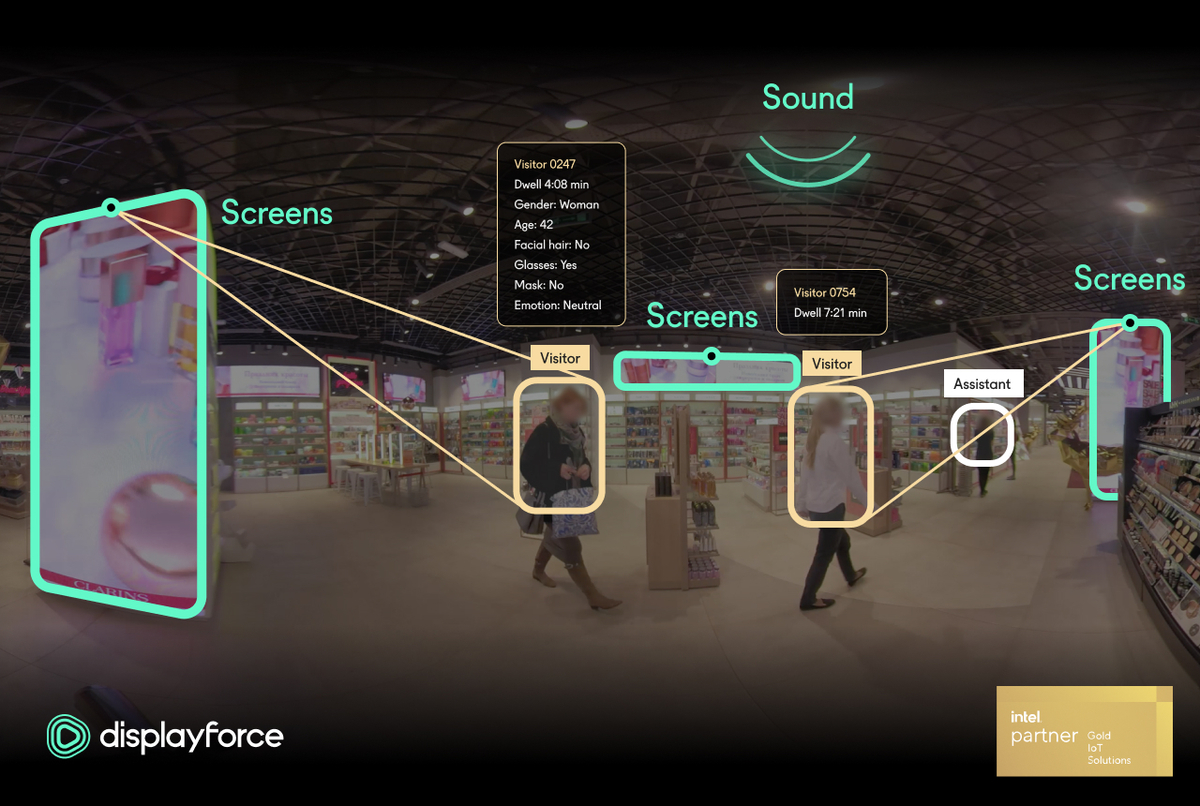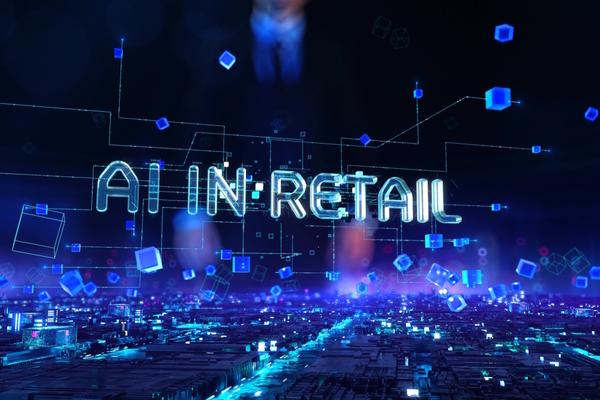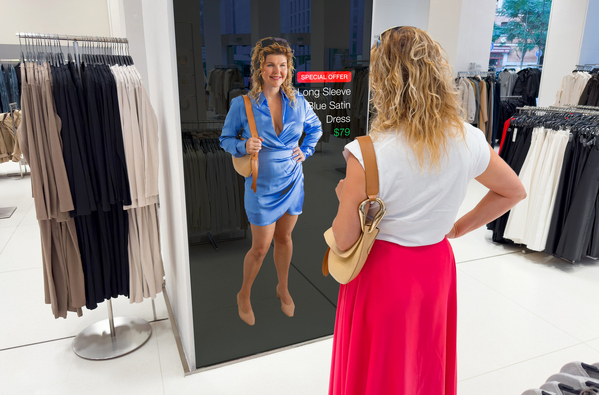A shift from physical to autonomous phygital: Store as Media
Sponsored by Displayforce.ai
Serge Galeev, CEO of Displayforce.ai
While brick-and-mortar stores have always been the favoured place for shopping, online sales are now grabbing a large piece of the pie. After Covid-19 led to services of all kinds moving online, we can ask a reasonable question: what is the purpose of physical stores now?
People still want to be impressed, and they crave offline experience.
The problem of offline nowadays is that it’s really hard to measure the result of marketing activities in-store. The current metrics used offline stay behind the online ones. But It’s possible take performance marketing metrics from online and bring them offline, so points of sales can be monetised.
According to Doug Stevens, this is a new opportunity to communicate with customers. Physical locations give a chance to create everlasting relationships with consumers, and that’s why it’s so important to treat in-store impressions carefully.
Practically, it means that companies need to reimagine a regular store. In a new reality, you can run targeted marketing offers in store, upselling and cross-selling buyers offline as if online.
Displayforce.ai acts as a mediator to bring Store as Media to life. In general, what they provide is autonomous performance and audience-based marketing, but offline. By analysing shoppers’ interests, such as a specific product or category, and considering the person’s age, gender, mood and appearance, Displayforce.ai triggers all screens in store to display personalised content while calculating the engagement. To power screens, we use any type of media player. Being a golden partner of Intel, we recommend using Intel processors for smooth performance.
Any situation can trigger a smart algorithm to change the campaign autonomously, from new pricing or promotions to different weather. For example, an ad for a sunglasses brand will only be shown when it is sunny. If needed, the smart system can generate dynamic content in real-time involving third-party data, like an e-commerce platform.
The best part is a complete automation of brand-retailer relationships: brands can get direct access to audience-based self-service DSP to run their ads.
Elements of autonomous online marketing now accessible for brick-and-mortar stores include:
- Auto-generated marketing messages
- Trigger-based marketing messages
- Auction-based bidding for brands in self-service DSP
- CPM (cost per mile) and CPV (cost per view) paying models
- Customer insights (audience portrait, behaviour, engagement and marketing campaign efficiency) due to computer vision
Activate in-store autonomous Salesforce by Displayforce.ai
Displayforce.ai — AI-Powered Autonomous Marketing solution for retailers. We boost retailers’ sales of promoted products (+3,9 per cent) and Ads revenue (+7000 $ per store).

Business Reporter Team
Most Viewed
Winston House, 3rd Floor, Units 306-309, 2-4 Dollis Park, London, N3 1HF
23-29 Hendon Lane, London, N3 1RT
020 8349 4363
© 2025, Lyonsdown Limited. Business Reporter® is a registered trademark of Lyonsdown Ltd. VAT registration number: 830519543





